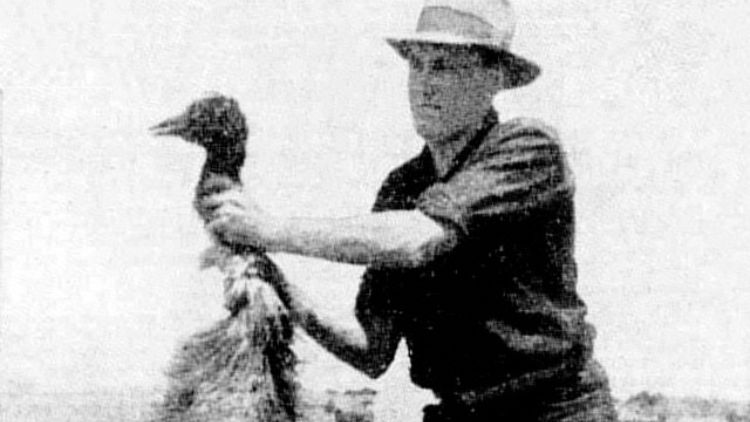The Great Emu War: A Feathery Foe in Australian History


In the annals of history, wars have been fought for land, power, and prestige. But in 1932, Australia found itself embroiled in a conflict of a different feather: The Great Emu War. This peculiar episode, often overlooked, saw the Australian military pitted against a formidable army of emus. Yes, you read that right – emus! These large, flightless birds, native to Australia, became unlikely adversaries in a conflict that is as bewildering as it is humorous.
Table of Contents
The Backstory
The story begins in the aftermath of World War I. Australian veterans, returning home, were given land by the government to take up farming. However, the land was often marginal and ill-suited for cultivation. To make matters worse, the Great Depression struck, plunging the economy into turmoil.
In 1932, Western Australia faced another challenge. A migration of about 20,000 emus descended upon the farmlands. These birds, in their quest for water and food, trampled over crops and broke through fences, wreaking havoc on the already struggling farmers.
The Battle Commences
Desperate and at their wits’ end, the farmers sought the help of the government. The Minister of Defence, in a decision that would make history, deployed the military to combat the emu menace. Armed with two Lewis machine guns and 10,000 rounds of ammunition, the soldiers, led by Major G.P.W. Meredith, were confident of a swift victory.
But the emus proved to be formidable foes. Agile and swift, they scattered in all directions, their erratic movements making them difficult targets. The soldiers found themselves in an unexpected quagmire, their military training seemingly no match for the emus’ unpredictable tactics.
The Tactics and The Turmoil
The military then adopted a new strategy. They mounted one of the machine guns on a truck, hoping to chase down the speedy birds. But the rough terrain proved advantageous for the emus, rendering the truck ineffective.
In one notable encounter, the soldiers managed to encircle a group of emus and opened fire, only to find that the majority of the birds managed to escape, leaving only a few casualties behind. The emus’ resilience and ability to withstand the military’s firepower led Major Meredith to liken them to Zulus, renowned for their combat skills and bravery.
The Aftermath
After a few weeks of ‘combat’, the military withdrew, having expended thousands of rounds of ammunition with little to show for it. The emus, it seemed, had emerged victorious. The ‘war’ was heavily criticized, and questions were raised in Parliament. The farmers were left to contend with the emus as best as they could.
In a twist of irony, exclusion barrier fencing, a non-military intervention, proved to be the most effective measure, protecting crops from the emu invasions in subsequent years.
Conclusion
The Great Emu War remains one of history’s most bizarre conflicts. It serves as a reminder of the unpredictability of nature and the challenges of human-animal coexistence. While it may not have had the gravitas of other historical wars, it certainly holds a special place in the quirky chapters of history.
In the retelling of this unusual conflict, one can’t help but marvel at the emus, who, unwittingly, took on the Australian military and won. They didn’t just survive; they thrived, their population burgeoning in the years that followed. Today, the emu stands tall, not just in stature but as a symbol of nature’s indomitable spirit, a quirky yet poignant reminder of a war that was anything but ordinary.
You can now write for RealShePower and be a part of the community. Share your stories and opinions with us here.
